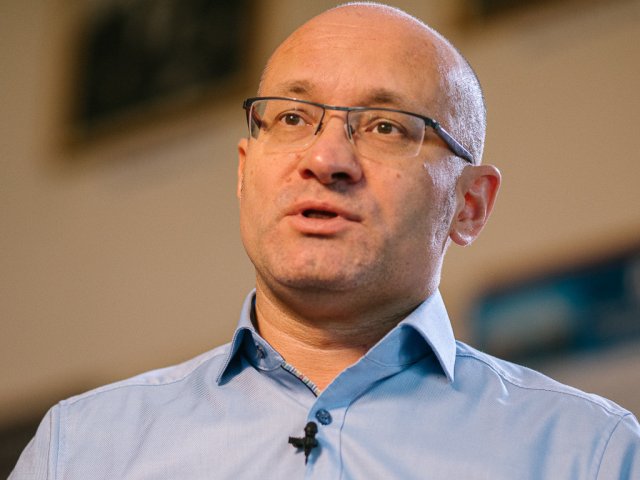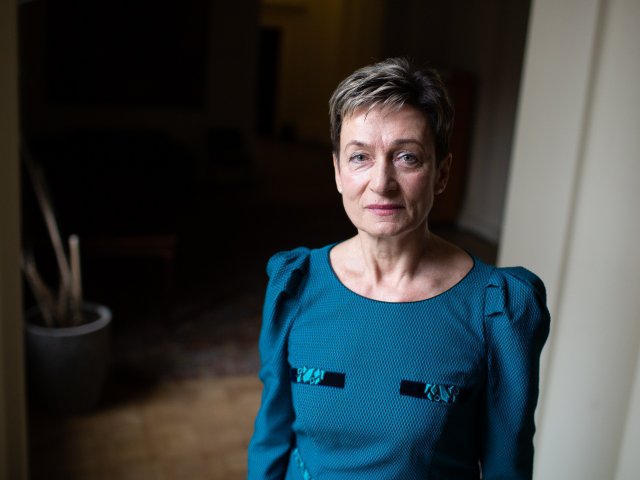Bruno Maksimovich Pontecorvo, the founder of high-energy neutrino physics, one of the most outstanding physicists of the 20th century, an Italian and Soviet scientist, a member of the USSR Academy of Sciences, was born on August 22, 1913.
Bruno Pontecorvo is the author of studies on neutron slowing down and its capture by atomic nuclei, neutrino physics, weak interactions, nuclear isomerism, and astrophysics. Along with other scientists, he stood at the origins of the Joint Institute for Nuclear Research (Dubna) in its modern form.
“As early as the middle of the last century, scientists began to observe solar neutrinos, whose flux turned out to be much smaller than predicted. There were many hypotheses about this. Bruno Maksimovich Pontecorvo, who was working in Dubna at the time, proposed an idea suggesting that neutrinos could change from one type to another. This process is now widely known as neutrino oscillations,” Mikhail Skorokhvatov, head of the Department of Neutrino Physics at the Kurchatov Institute, told Scientific Russia in his interview.
Neutrino oscillations are one of the main mysteries of modern physics. Oscillation is change of one kind of particles into another. For example, first-generation electron neutrinos can change into second-generation muons and vice versa. Pontecorvo expressed the idea of such a phenomenon in the 1950s. Later the scientist's ideas were confirmed in experiments on the Super-Kamiokande detector in Japan, during the experiments studying neutrino fluxes from the particles of high energy cosmic rays that bombard the atmosphere.
The works of Bruno Pontecorvo have played a fundamental role in the development of neutrino physics, and the studies in this field are in progress.
Photo: rawpixel / 123RF






















